Russia decided to resurrect an obsolete rocket
Wrong time, wrong place
The Angara launch vehicle was seen as the main hope of the Russian space industry, right up to the moment of the start of work on Soyuz-5. In total, according to some estimates, they spent 160 billion rubles: and this is only at the beginning of 2015. The result was, to put it mildly, an ambiguous launch vehicle. Judge for yourself. The first test launch of Angara, the light Angara-1.2PP, was carried out in 2014. The last - a heavy version of the "Angara-A5" - in December of that year. There were no more promising missile launches.
According to reports, they intend to make the second start of the heavy modification in 2018, and the third - already in 2027. It is difficult to imagine what will happen to the space and rocket industry by that time, and how far the competitors will advance. By the way, the heavy Falcon 9, a direct competitor of the Angara, is now the most popular missile in the world. Commercial customers trust her, and the US Department of Defense also trusts her.
There are several reasons for this situation, and they are quite obvious. Firstly, the Angara is new and requires testing. Now no one will “transfer” to her en masse, no one really knows her in the world market. An even bigger problem lies in the price of launches. Now "Angara-A5" will cost the potential customer more than a third more expensive than the heavy carrier rocket "Proton-M", which it should replace. At the same time, Proton itself is today more expensive than Falcon: approximately 65-70 million dollars against 62 or even less. It must be assumed that the mass production of Angara could make it cheaper, but so far, as can be seen from the launch plans, this is not expected.
The main question can be formulated as follows: why was this allowed at all? There are several reasons, again. You need to understand that the Angara project appeared in the 90s, when the situation in the country was difficult and it was impossible, in principle, to count on the imminent creation of a new rocket. Meanwhile, time passed, new technical ideas appeared. Already in the 2000s, an oil boom and huge money fell on the Russian leadership from the sale of energy resources played a cruel joke with a rocket. Apparently, in those years no one simply paid attention that the notorious modularity and the general concept could be a dead end. It was beautiful on paper: several modifications of the Angara of different classes, which in theory could replace almost all the missiles that the Russian Federation has. In fact, Angara-A5 turned out to be expensive and complicated.
It is enough to replace that the Falcon 9 has only three main structural elements, while the Angar A5 has eight. The stages of the domestic rocket are three, the brainchild of Mask is two. The A5 Angara stages use fundamentally different engines, while the Falcon 9 used only Merlin engines, albeit of different modifications.
We must create a launch vehicle of a different quality, simple, like a Kalashnikov assault rifle
Rogozin said recently, commenting on issues related to the new Soyuz-5.
SpaceX, regardless of its attitude to Mask's personality, has already succeeded. Falcon 9 is a relatively simple, cheap and reliable rocket. Even without taking into account the reusable first stage, she would be in the absolute top in the world market.
A wonderful "resurrection"
The Soyuz-5 launch vehicle was designed as part of the Phoenix development work. Ironically, “Angara” was destined to resurrect, along with the appointment of Dmitry Rogozin, the head of the Russian Space Agency. Recall that almost immediately after that, very strange departures of the agency related to the promising Soyuz-5 rocket began. They wanted to redesign it under a non-existent methane engine, then they returned it to kerosene again. Finally, the Federation ship was taken from Soyuz-5: the ship that was previously taken from Angara in order to “give” it to him.
It looks weird. By the way, according to some sources, the first flight of the ship has been moved to the year 2025. At that time (this can be said with almost complete certainty), the Americans will already commission a new generation of manned spacecraft, such as Dragon V2 or CST-100. Russian "Unions", of course, can then continue to exploit, but they will look very archaic.
Even more confusing than in the case of the Federation, the recent story with Proton came out.
The task is set as follows: in accordance with the already signed contracts to produce the required number of our legendary "Protons" and then close this project. Then fly exclusively on the "Hangar"
- Rogozin said in June of this year.
And recently it became known about the cessation of the production of engines for Proton-M missiles by the end of this year.
On this, apparently, the story of the commercially successful Russian heavy missile will end and another will begin - the story of the expensive and unnecessary Angara world market.
Take, and divide
Is it necessary to directly blame the leadership of the country or specifically Roscosmos? Everything is somewhat more complicated: the situation seems paradoxical only at first glance. The strange gestures of Roscosmos are only partly connected with the notorious corruption, bureaucracy and "nepotism". “Angara” was given a second chance, not only for the reasons indicated above. No matter how Proton-M was commercially attractive, it is an old Soviet missile, which, again, for all its merits, does not fit into the realities of the XNUMXst century. In particular, this refers to asymmetric dimethylhydrazine or heptyl used as fuel. This highly toxic and dangerous component of the fuel pair has been paid attention to many times. Everything, including Kazakhs, who did not like rocket launches from Baikonur. In conditions of increased concern for the environment, it would probably not have been possible to operate the Protons for a long time, regardless of the situation with the Angara.
In the popularity market, Proton seriously threatened the Falcon 9, which over time would only become cheaper and at the same time not suffer from the problems voiced above. Finally, the general almost critical situation in the production of Proton-M GKNPTs im. M.V. Khrunicheva. Recall that due to constant scandals and relocations, the company is called the “most problematic” in the industry. The bet of the new leadership of Roskosmos on Angara, which will also be released by the Khrunichev Center, can give the enterprise a ticket to a new life. But this, of course, is only in theory.
In general, the tactics of the leadership of the space department look almost communist: "from each according to his ability, to each according to his needs." Obviously, Rogozin and his team want to maximize the involvement of enterprises in the industry, whether it is GKNPTS or less problematic "Energy". To leave jobs and avoid the bankruptcy of giants. The first will build and modify the Angara, while the second will deal with the Federation and the fifth Union. No competition and other "capitalist manners." The course on the state order and servicing of defense industry enterprises.
It is hard to say how long the industry can survive in this mode. Obviously, it all depends on whether Russia itself will have finances for new “space achievements”. We add that the Americans will not in the future pay for seats on the "Unions" for their astronauts. And it is unlikely that Russian “engines" will be massively purchased. So Roscosmos will have to get out on its own.
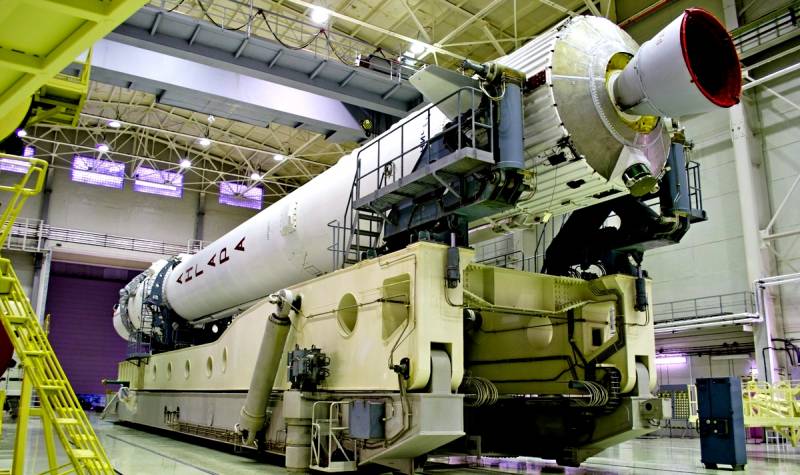
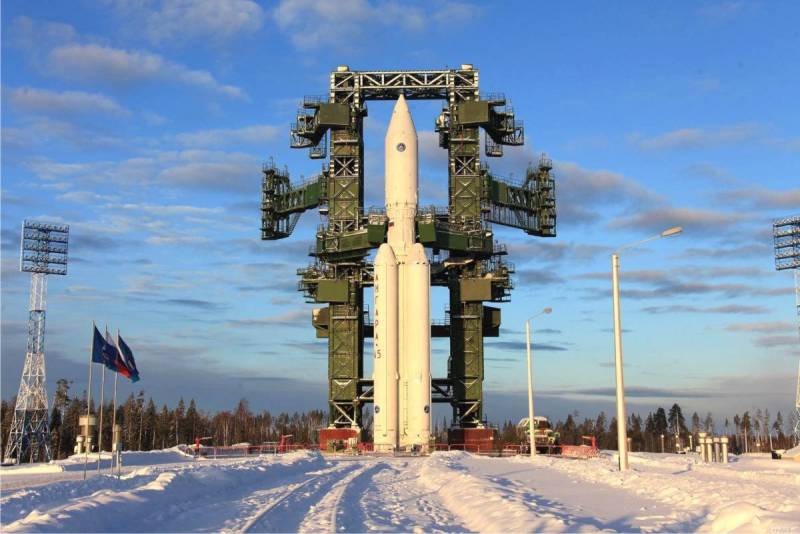
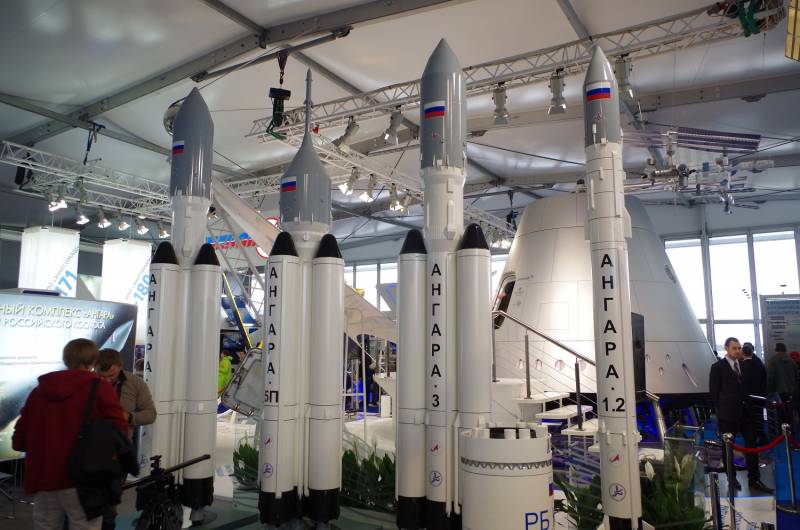
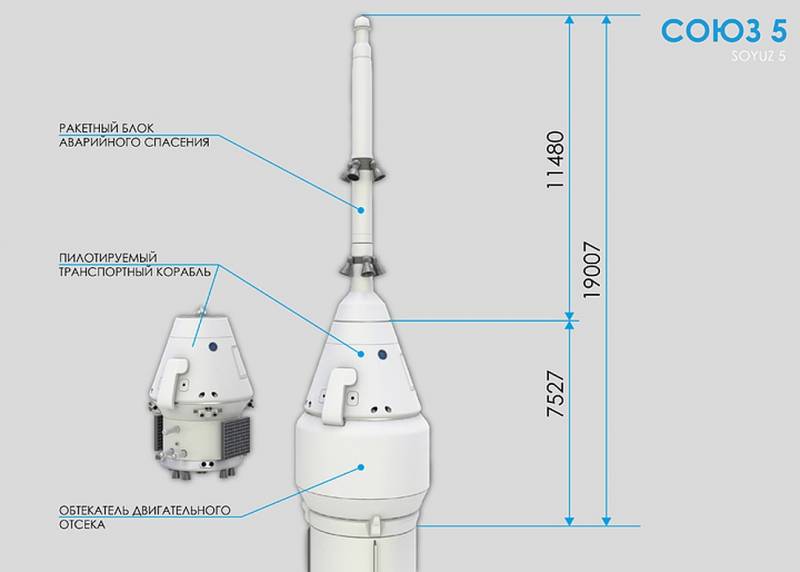
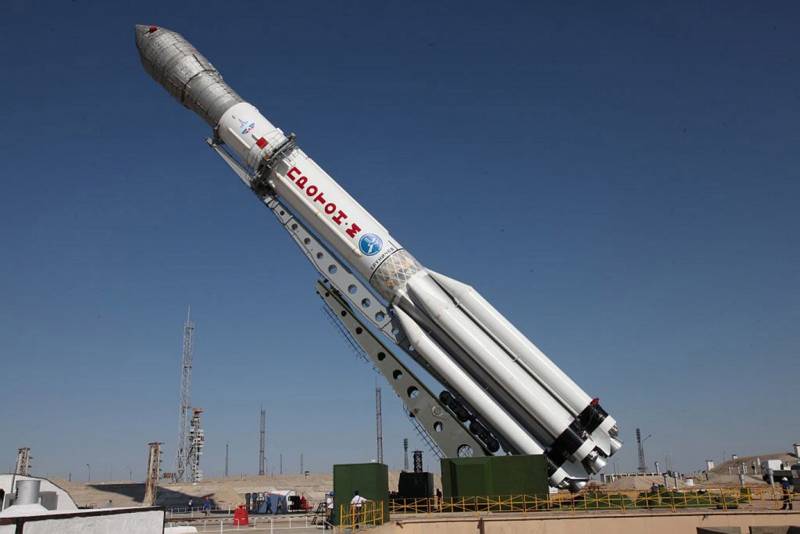
Information